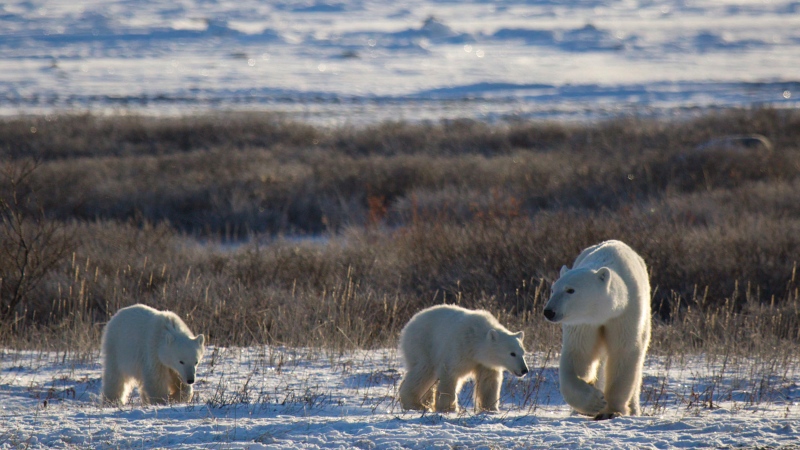A recent study has revealed a concerning reality for polar bears in the Arctic. The study, conducted by the University of Washington and published in the journal Nature Climate Change, paints a grim picture of the survival of these iconic creatures in their natural habitat.
According to the study, the Arctic sea ice, which is crucial for polar bears’ hunting and breeding, is rapidly melting due to climate change. This has resulted in a significant decline in the polar bear population, with some areas seeing a decrease of up to 40% in the past decade.
The researchers used satellite data to track the sea ice levels and polar bear movements in the Arctic over the past 35 years. They found that as the sea ice continues to melt, polar bears are struggling to find enough food to survive. This is especially true for female polar bears, who need the sea ice to give birth and raise their cubs.
The study also highlighted the impact of human activities on polar bears’ survival. As the Arctic becomes more accessible due to melting sea ice, there has been an increase in oil and gas exploration, shipping, and tourism in the region. These activities not only disrupt the polar bears’ habitat but also pose a threat to their safety.
The researchers warn that if the current trend of sea ice melting continues, two-thirds of the polar bear population could disappear by the end of the century. This would not only be a devastating loss for the species but also have a significant impact on the delicate Arctic ecosystem.
The study’s findings serve as a wake-up call for immediate action to address climate change and protect the Arctic and its inhabitants. It is crucial for governments and individuals to take steps to reduce carbon emissions and mitigate the effects of climate change.
In conclusion, the study highlights the urgent need for global efforts to combat climate change and protect the polar bear population in the Arctic. Failure to do so could result in the disappearance of these magnificent creatures from their natural habitat.



